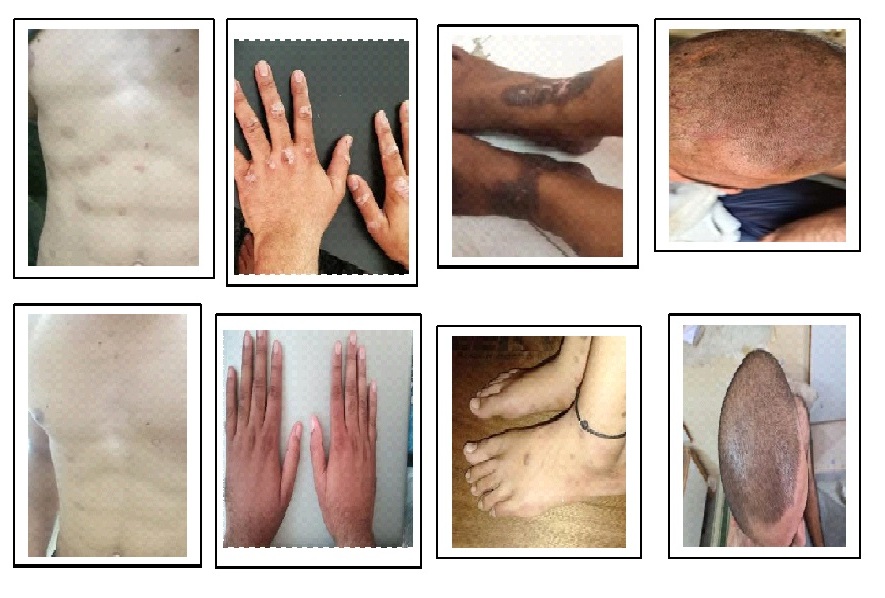A Comparative Clinical Study of Haritkyadi Churna Virechan and Jivantyadi Lepam in the Management of Kitibha Kustha (Psoriasis)
Abstract
Patients with skin conditions frequently endure physical, emotional, and socioeconomic forms of social embarrassment. Up to 3.5% of the global total and 0.44%-2.8% of Indians suffer with the unpleasant dermatological disorder psoriasis. It is a widespread, chronic, non-infectious skin condition that can affect either sexes and affect any age, with incidence rates ranging from childhood to age one. It is characterized by well-defined, slightly elevated, dry, erythematous macules with silvery scales and a characteristic extensor distribution. In contrast to other dermatological disorders, psoriasis manifests as systemic symptoms like arthritis. The prevalence is highest in the third and fourth decades of life, when patients become unable of doing daily tasks. For some patients, social humiliation is a significant factor which leads to an increase in suicidal ideation. To raise public awareness, the 29th October has been designated as World Psoriasis Day. The Ayurvedic term for skin is "Charma" or "Twacha." Twacha is derived from the word Dhatu-twacha samvarne, which means body covering. The broad categories of Kushtha have been used to discuss all skin conditions in Ayurveda. There are two types of Kustha in Ayurveda. Mahakustha and Kshudra Kustha. Kitibha kustha belongs to Kshudra kustha.
Downloads

Copyright (c) 2022 International Journal of Ayurveda and Pharma Research

This work is licensed under a Creative Commons Attribution-NonCommercial-ShareAlike 4.0 International License.






